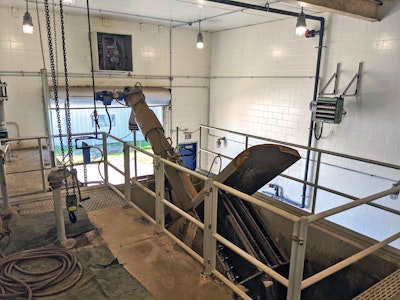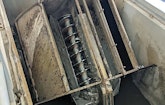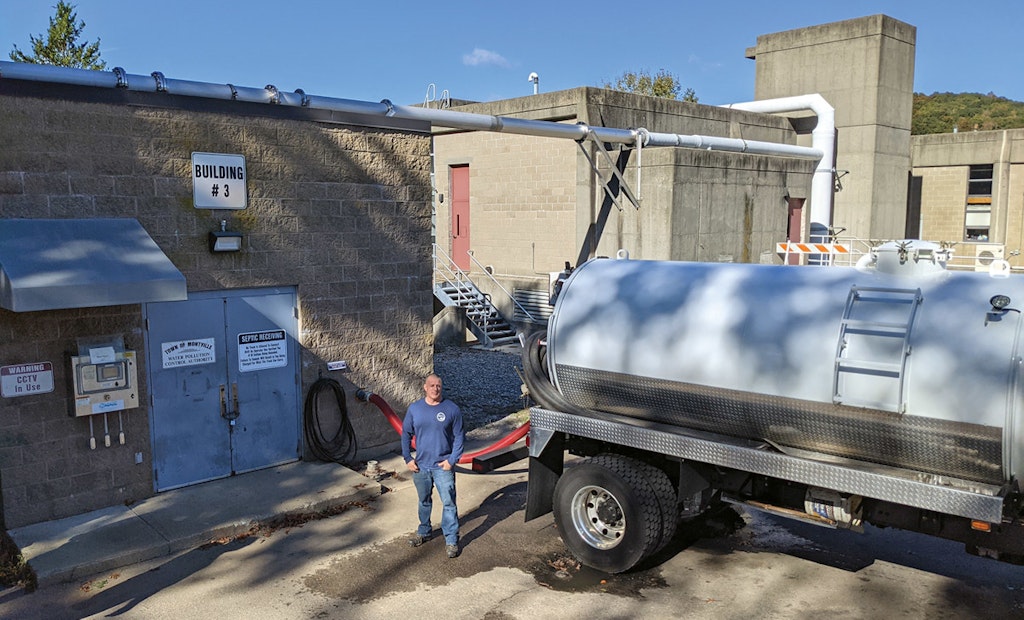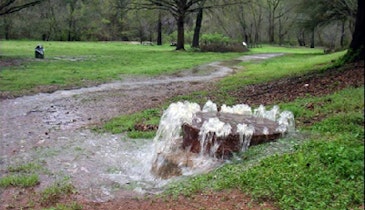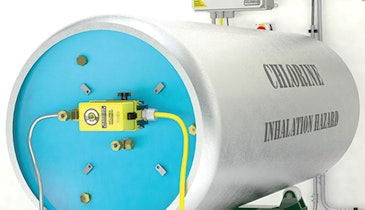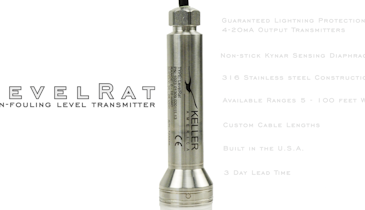Interested in Headworks?
Get Headworks articles, news and videos right in your inbox! Sign up now.
Headworks + Get AlertsTwo things are certain about septage. It is highly variable. And by its very nature — containing assorted debris, releasing odors and carrying pathogens — it is objectionable.
Or is it? According to the U.S. EPA, more than 20% of homes in the United States use septic systems. Some 6,500 businesses install and maintain those systems, employing more than 30,000 people in an industry worth $5 billion. Is that objectionable?
The word “debris” generally means small pieces of trash or loose natural material. But for one treatment plant in Connecticut, debris included a large fencepost doing its best to wreck and block the screen and components of its septage acceptance station.
Raising more than an eyebrow at the fencepost were members of the team at the Montville (Connecticut) Water Pollution Control Wastewater Treatment Facility, whose key responsibility is to protect the Thames River.
“I can’t say that we had seen a fencepost here before,” says Scott Farrington, plant operator. “But in the large volume of septage we receive, about 150,000 gallons per week, we see plenty of interesting objects, and on top of everything else we take in, our treatment equipment is constantly put to the test.”
The Montville team has turned septage into an asset with a combination of durable septage receiving equipment, a fine screen and an automated data management and accounting system.
For the long term
In addition to the typical challenges facing clean-water facilities, including supposedly flushable wet wipes, Montville’s 2 mgd capacity includes industrial-strength wastewater from a major packaging factory by way of a dedicated 2.4-mile pipeline.
Fred Croy of Maher, a wastewater equipment supplier based in Rockland, Massachusetts, is quite familiar with the challenges presented by septage. “To be frank, much as we’ll always be there for our customers, we don’t want to be called back to problems every week. So selling, reliable long-lasting equipment for such a tough application as septage is a must.
“We are very conscious that the septage going into the Montville facility has contained no shortage of crushed granite. That shouldn’t get sucked up by the hoses when haulers make their collections, but inevitably it happens — all the more reason for us to recommend equipment that is seriously rugged.”
About 18 years ago, Montville (population 20,000) purchased a Septage Acceptance Plant from Maher. The device, manufactured by Lakeside, is designed to remove debris and inorganic solids from septage as well as from grease trap waste, sludge, landfill leachate and industrial waste.
In a skilled, delicate balancing act, Montville generates revenue from highly variable septage. The plant team, led by Derek Albertson, superintendent, has mastered the art of keeping the treatment process stable, consistently meeting permit requirements for TSS and BOD5 while effectively removing phosphorus.
Up to 75% of the effluent is recycled for use in a nearby paperboard manufacturer. The rest is discharged to Horton Cove on the Thames River.
To meet the additional challenge of record-keeping and billing of septage haulers, Montville 10 years ago added a Raptor Acceptance Control System, also from Lakeside. Integrated with the SAP, this security access station includes a data management and accounting system that provides administrative capabilities to track and invoice customers.
Simple operation
Albertson observes, “We offer very reasonable rates for septage haulers, so we have taken many more on board in recent years. That is fine, so long as we manage the process professionally.
“We have a constant flow of trucks, but some haulers think they can bring almost anything in. That is where the RACS is so effective. It requires a learning curve and skill set for the operators, but it is incredibly robust; it doesn’t need very much maintenance at all. The drivers sign in with a code that provides traceability and frees us up. It gives haulers the flexibility to call when they need to, without any unnecessary waiting.”
The upgrade a decade ago also included a Raptor fine screen (Lakeside) in the influent channel with a cylindrical screenings basket similar to the SAP. It has angled installation and screen bars of varied heights to optimize removal efficiency and minimize headloss.
The screen’s rotating rake teeth fully penetrate the cylindrical screen bars to prevent plugging and blinding from grease and small debris, allowing fast unloading times to help generate more revenue. Captured screenings are dewatered, washed free of most organic materials and compacted to about 40% solids. Volume is reduced by 50% and weight by 67%, reducing the cost of disposal.
Line of defense
“The Lakeside screen with quarter-inch apertures has been extremely effective in removing rags and plastics from our process,” notes Albertson.
“We never know quite what we’re going to get with septage. Over the years, the Lakeside equipment has really taken some hits. People have tried their best to kill it, including with that recent fencepost.
“But despite being our first line of defense at the intake, the SAP and the Raptor screen have been very dependable, with just routine maintenance. To say the unit is robust is a big understatement. The equipment also doesn’t take up too much space and is very easy to get at and work on. The SAP and screen certainly shields our secondary equipment.
“The consistency in configuration effectively has given us one technology for two applications. What we have now is so much better for the facility, with an automatic screen compared to the old bar rack that had to be cleaned manually.”
So clearly, septage at the Montville facility is nothing like objectionable.
